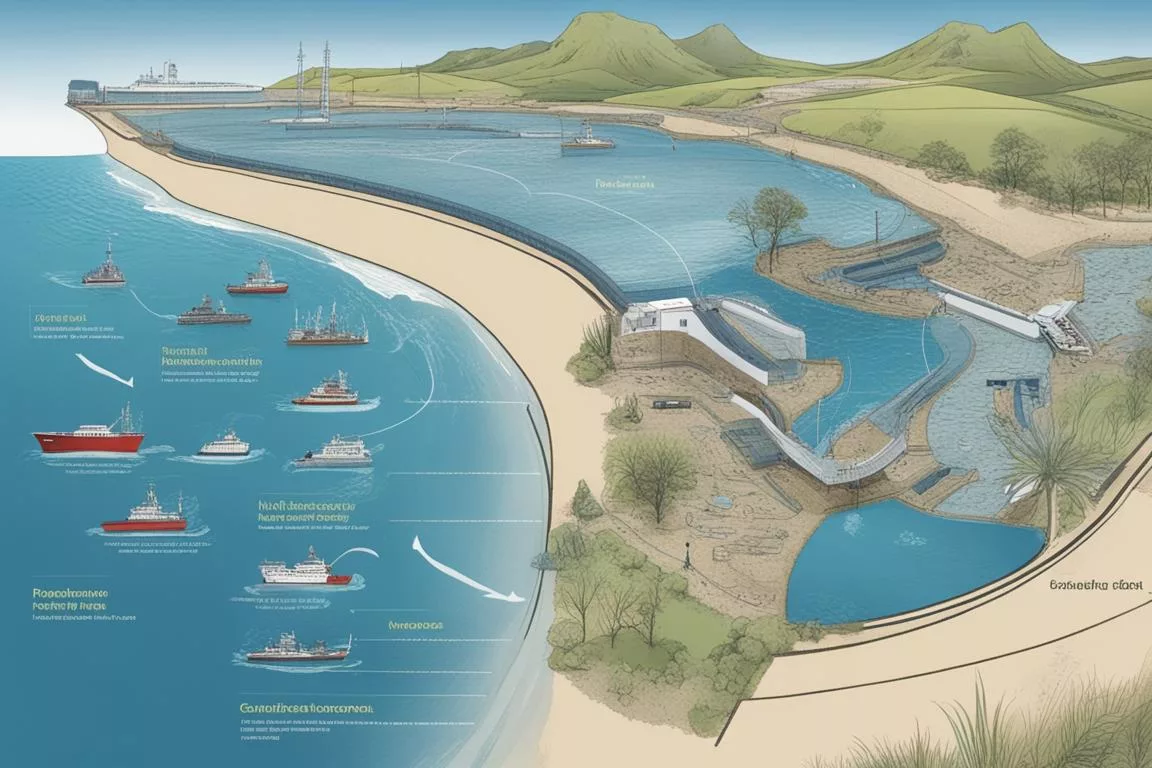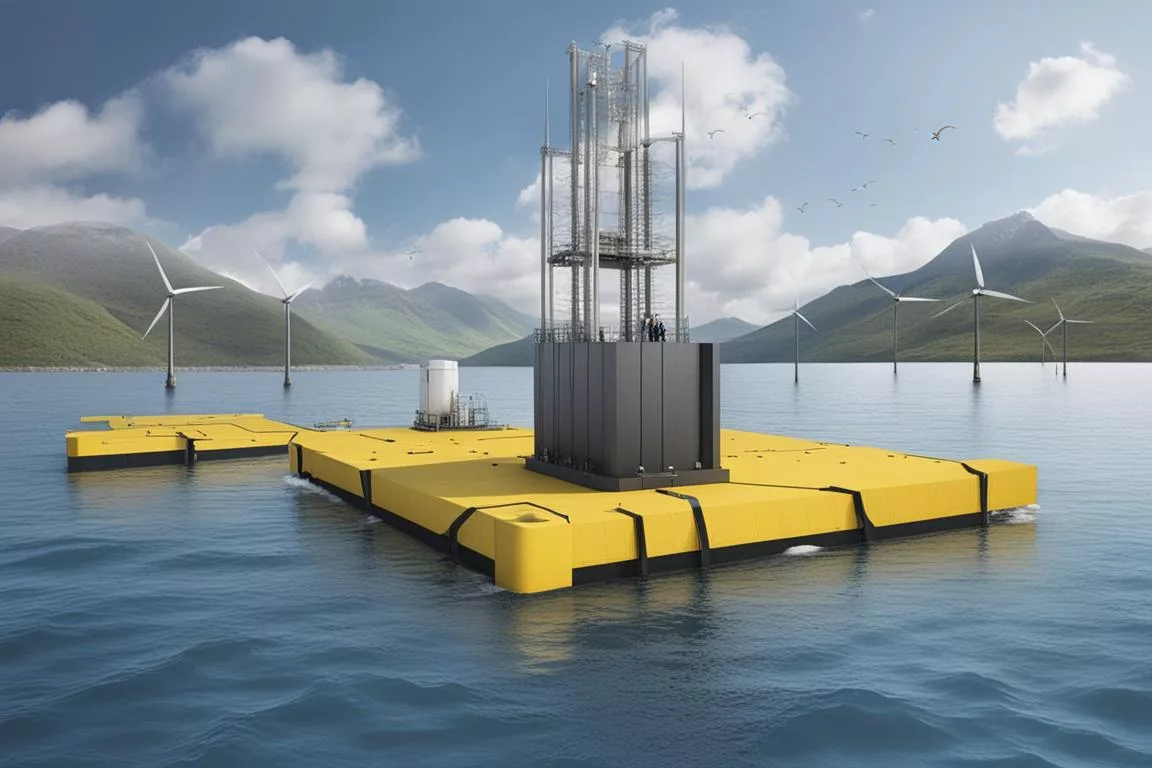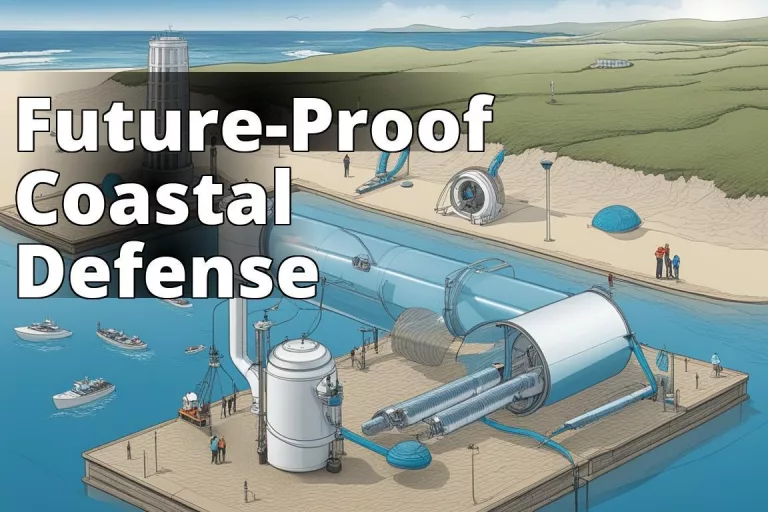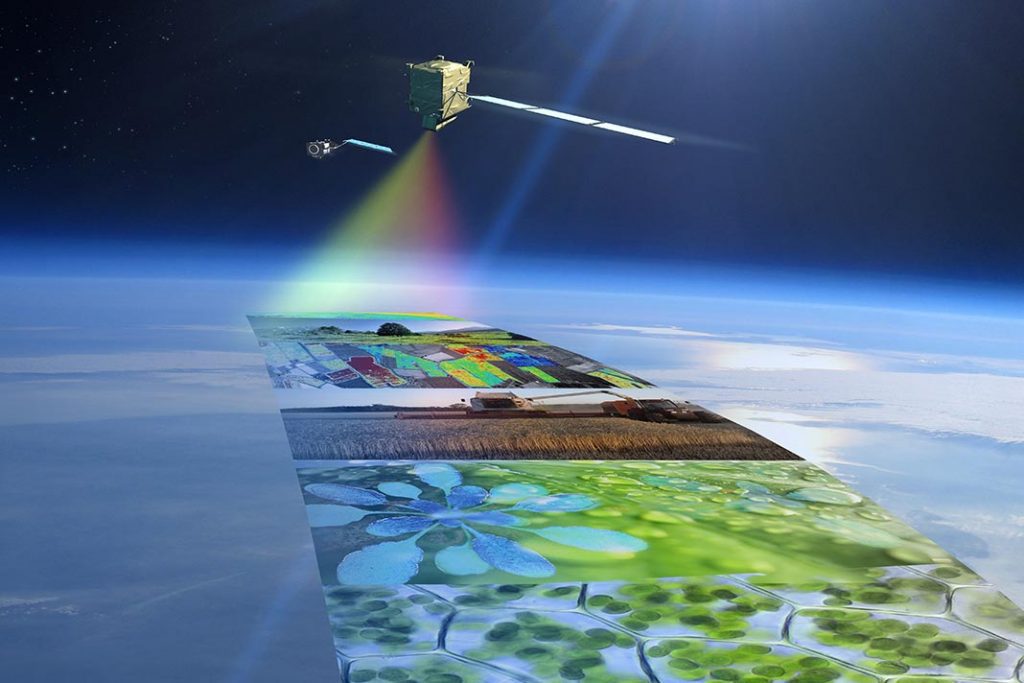In the face of escalating global climate change threats, coastlines worldwide are bearing the brunt through increased erosion, flooding, and loss of biodiversity. The narrative often paints a grim picture, but what if I told you that technology is not only offering a glimmer of hope but also tangible solutions to these daunting challenges? Yes, tech-driven coastal protection is not just a concept; it’s a burgeoning reality. From mitigating erosion to safeguarding marine life, innovative technologies are at the forefront of defending our coastlines against the onslaught of climate change.
Learn About Tech-Driven Coastal Protection
By reading this article, you will learn:
- How technology is being used to protect coastlines from erosion.
- Various innovative tech solutions for coastal protection
Technologies Helping to Protect Coastlines from Erosion

| Technology | Description |
|---|---|
| Movable Barrier Systems | Development of gates that rise from the seafloor to protect against tsunamis, storm surges, and high waves, particularly in Japan. |
| Biogenic Mussel Reefs | Utilization of self-growing mussel reefs at shallow water boundaries to reduce erosion and enhance biodiversity. |
| Bubble Barrier |
In recent years, the escalating threats from climate change have put immense pressure on coastal regions worldwide. The need for advanced coastal protection technology has never been more pressing, with rising sea levels, increased storm intensity, and unpredictable weather patterns posing significant risks to coastal communities, infrastructure, and ecosystems. This article delves into the latest trends and innovations in coastal protection technology, highlighting how these advancements are shaping the future of coastal resilience and sustainability.
Movable Barrier Systems
Coastal areas are constantly threatened by tsunamis, storm surges, and erosion, making the implementation of movable barrier systems crucial for protection. These systems, including storm surge gates and flood barriers, are designed to mitigate the impact of natural forces and safeguard coastal communities.
Storm Surge Gates and Flood Barriers: These systems provide a physical barrier against flooding, offering high protection to low-lying coastal areas. They are engineered to withstand extreme forces and adverse weather conditions, reducing flood damage to infrastructure and homes.
Tsunami Protection: The protective role of natural and engineered defense systems, including coastal vegetation and long seawalls, is essential for safeguarding human communities from the destructive forces of tsunamis. A combination of engineered and natural defense systems can be used to provide comprehensive protection against tsunamis.
Erosion Control: Movable barrier systems also play a vital role in controlling coastal erosion. They help minimize the gradual loss of land materials such as soil and sand, preserving habitats and supporting local economies.
Movable barrier systems offer unique advantages compared to other coastal protection methods. Unlike traditional seawalls, flood barriers are movable or deployable structures designed to provide temporary protection during flood events, offering flexibility and ensuring unobstructed views for coastal residents[1]. Additionally, storm surge barriers and closure dams are hard engineered structures that can be easily integrated into larger flood prevention systems. They are movable, allowing waterways to remain open during normal conditions, which is beneficial for trade and the efficiency of waterfront use.
Furthermore, movable barrier systems, such as the proposed self-powered seawall for tsunami protection, offer innovative solutions to safeguard coastal assets from tsunamis, storm surges, and high waves. These systems can also generate electricity from the differences in water levels, providing emergency power to enhance the resilience of critical industries in the face of disasters.
In comparison to other coastal protection methods, movable barrier systems are environmentally compatible and can be designed to minimize ecological disturbance, allowing the natural flow of marine life and maintaining the overall health of coastal ecosystems. They also serve as temporary sea walls, rising or closing only during potential flooding events, ensuring minimal disruption to the natural tidal flow and marine navigation during normal conditions.
In summary, movable barrier systems offer a combination of flexibility, environmental compatibility, and innovative features that make them valuable additions to the suite of coastal protection methods. Their ability to provide temporary protection, integrate with larger flood prevention systems, and minimize ecological disturbance makes them a compelling choice for safeguarding coastal areas from tsunamis, storm surges, and erosion.
Biogenic Mussel Reefs
The use of biogenic mussel reefs as a coastal protection technique and ecosystem enhancer has gained significant attention in the field of coastal zone management. These intelligently engineered, self-growing reefs, strategically positioned at the boundary of shallow water, have demonstrated the potential to reduce coastal erosion while promoting biodiversity and environmental sustainability.
Biogenic mussel reefs act as a natural barrier against coastal erosion. Their intricate structure and growth patterns help dissipate wave energy, reducing the impact of waves on the shoreline. Additionally, these reefs have sediment trapping abilities, which contribute to the stabilization of the seabed and the attenuation of hydrodynamic forces, making them a valuable asset in the fight against erosion.
The resilience and strength of biogenic mussel reefs make them effective in mitigating the impact of storm surges. By serving as a biologically-reinforced barrier, these reefs act as the first line of defense against storm surges, with beach and dunes forming the second line of protection. Their ability to reduce wave energy and provide a natural buffer against flooding makes them a promising nature-based solution for coastal communities.
In addition to their protective role, biogenic mussel reefs offer a range of environmental benefits. They contribute to the improvement of biodiversity by providing a habitat for various marine species. Furthermore, their biofiltration capabilities help reduce turbidity and improve water quality, creating a more favorable environment for the growth of sea grasses and other marine vegetation.

The Great Bubble Barrier
An ingenious blend of simplicity and technology, The Great Bubble Barrier creates a curtain of bubbles to trap floating debris and direct it to collection points. This not only helps keep waterways clear but also protects coastal zones from the accumulation of pollutants that can exacerbate erosion and harm marine life.
The Great Bubble Barrier is an innovative technology that has a significant impact on coastal erosion. It is designed to capture plastic waste in rivers and canals, but it also has positive side effects related to coastal protection. The Bubble Barrier increases oxygen levels within the water, stimulating the ecosystem and stopping the growth of toxic blue algae. Additionally, it reduces the amount of plastic pollution, which can have a detrimental impact on coastal areas. The Bubble Barrier has been extensively tested and has shown promising results, with the potential to capture a high percentage of plastic pollution. Furthermore, it does not form an obstacle for shipping and the overall natural functioning of the delta, making it a sustainable and effective solution for coastal protection.
Conclusion
The battle against coastal erosion and the broader impacts of climate change is daunting, but not insurmountable. Through the lens of these innovative tech-driven coastal protection solutions, it’s clear that human ingenuity, coupled with a commitment to sustainability, can turn the tide in our favor. These technologies not only offer immediate benefits in terms of erosion control and environmental protection but also pave the way for a future where human and natural systems coexist in harmony. As we continue to push the boundaries of what’s possible, let us not forget that the greatest technology at our disposal is our collective will to innovate for the good of our planet.
For more on how technology is shaping our response to climate change and contributing to the health of our oceans, explore Ocean Tech for Climate Health.
Next Steps
Round Table Environmental Informatics (RTEI) is a consulting firm that helps our clients to leverage digital technologies for environmental analytics. We offer free consultations to discuss how we at RTEI can help you.


